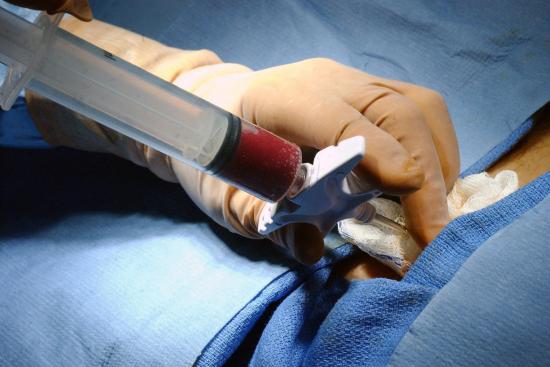When the bone marrow stops functioning, life can feel like it's on hold. Conditions such as leukemia, resistant lymphoma, or aplastic anemia dramatically change the lives of patients and their families. In these moments, a bone marrow transplant also called a hematopoietic stem cell transplant (HSCT) becomes a crucial pathway to recovery, offering renewed hope and the possibility to restore health and quality of life.
Cost of bone marrow transplant in Istanbul, Turkey
The cost of a bone marrow transplant in Turkey is more affordable. Treatment packages usually include the full medical process:
- Pre-transplant evaluations (HLA typing, eligibility tests).
- Conditioning therapy with chemotherapy / radiotherapy.
- Hospitalization in a dedicated transplant ward.
- Post-transplant medical follow-up.
Estimated costs by type of transplant:
Type of transplant | Cost in Turkey (EUR) | Cost in Europe (EUR) |
Autologous (patient's own cells). | Entre 25 000 € y 35 000 € | Entre 50 000 € y 70 000 € |
Allogeneic (related donor). | Entre 45 000 € y 70 000 € | Entre 90 000 € y 150 000 € |
Allogeneic (unrelated donor). | Entre 60 000 € y 110 000 € | Entre 120 000 € y 250 000 € |
Would you like to know the cost adapted to your specific case? Reach out to our medical team and request a personalized estimate online.








